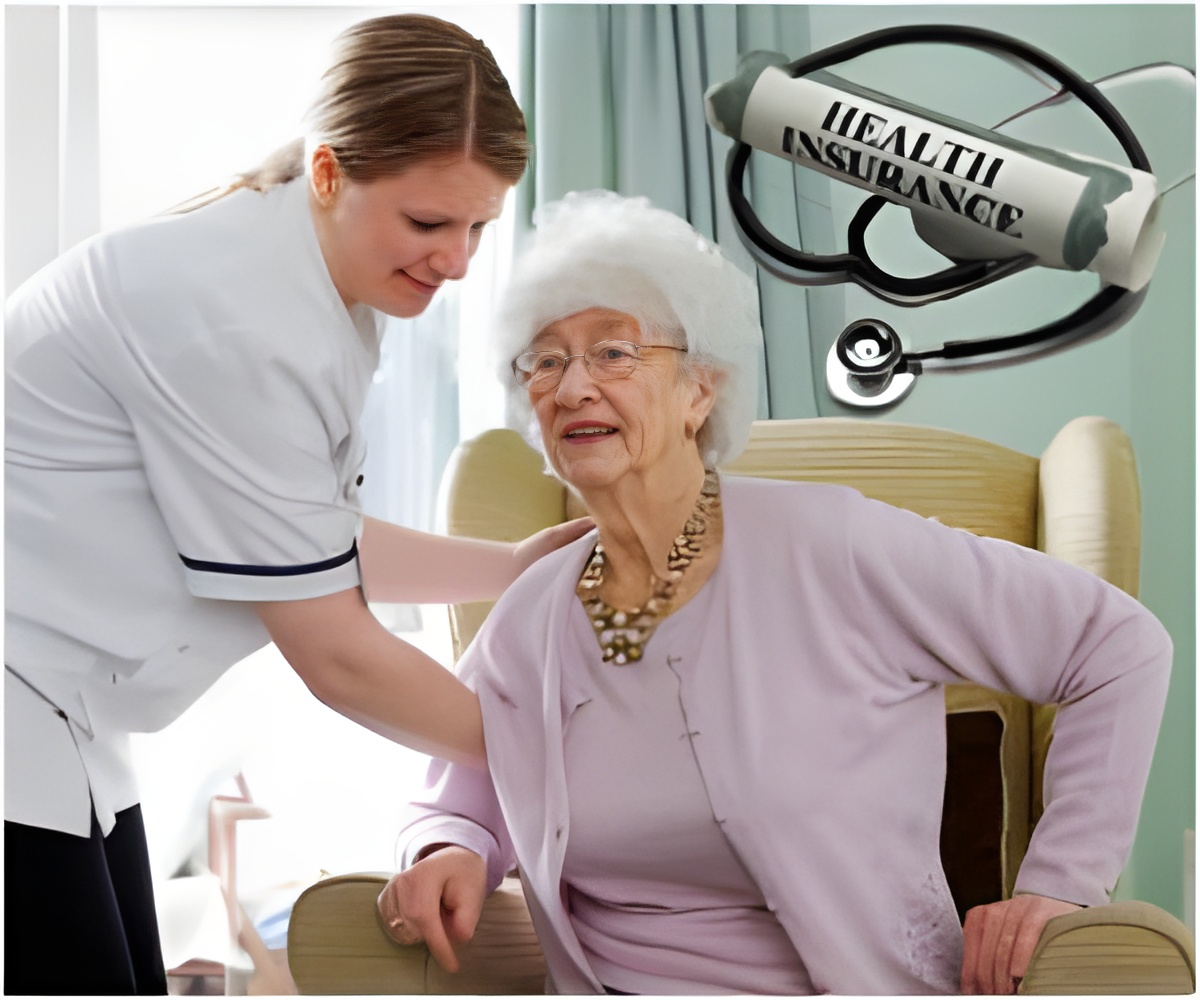Researchers at Harvard School of Public Health (HSPH) reveal that more than 43 million people across the world are harmed every year due to unsafe medical care.

The study appears online September 18, 2013 in BMJ Quality & Safety.
"This is the first attempt to quantify the human suffering that results from unsafe care," said lead author Ashish Jha, professor of health policy and management at HSPH. "We find that millions of people around the world are hurt, disabled, and sometimes even die as a result of medical errors."
The HSPH researchers, along with colleagues at the Patient Safety Programme of the World Health Organization (WHO) in Geneva, Switzerland and the Health Care Quality and Outcomes Program at RTI International in Durham, North Carolina, used data from more than 4,000 articles that have been published over the previous few decades that focused on adverse events in hospitals, as well as from epidemiologic studies commissioned by WHO aimed at estimating how much these events harmed patients. They examined seven different adverse outcomes that can occur while patients are hospitalized: injuries due to medications; catheter-related urinary tract infections; catheter-related blood stream infections; hospital-acquired pneumonia; blood clots in veins; falls; and bedsores.
The authors used the existing data to model the impact of these adverse events on hospitalized patients across the globe. The researchers used a metric called "disability-adjusted life years" (DALYs), which measures years of healthy life lost due to ill health, disability, or early death.
The researchers found that, for most of the adverse events examined in the study, premature death was the biggest driver of DALYs lost—78.6% of all adverse events in high-income countries and 80.7% in low- and middle-income countries. However, disability was more common than death itself, the study found.
- For every 100 hospitalizations, there were approximately 14.2 adverse events in high-income countries and 12.7 in low- and middle-income countries.
- The number of DALYs lost was more than twice as high in low- and middle-income countries (15.5 million) as it was in high-income countries (7.2 million).
- The most common adverse events in high-income countries were adverse drug events (incidence rate 5%).
- The most common adverse events in low- and middle-income countries were blood clots in veins (incidence rate 3%).
"These findings are an important sign that we need to invest in improving the quality and safety of healthcare systems around the globe," said the study's senior author, David Bates, senior vice president for quality and safety at Brigham and Women's Hospital.
Source-Eurekalert
 MEDINDIA
MEDINDIA




 Email
Email




